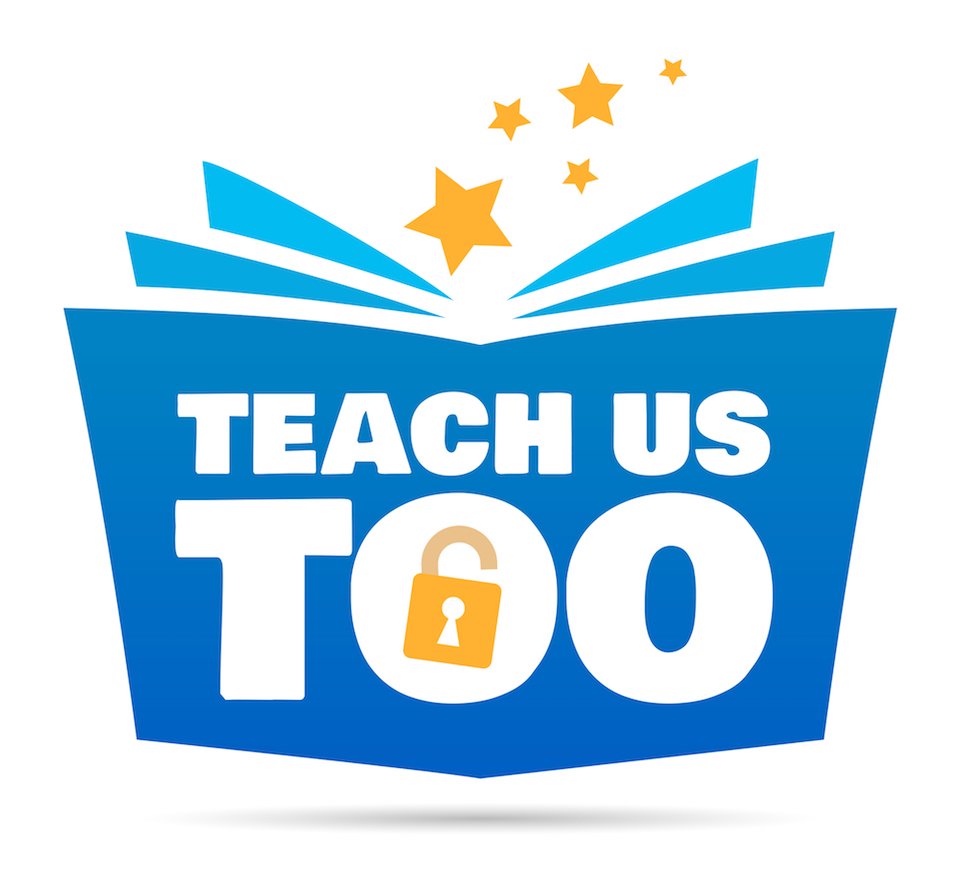Creative Ideas to Enable all Learners to be Part of a Writing Journey
A guest blog post by
Louise Denford, Teacher/English Curriculum lead
CALL Scotland Course Review
Technology to Support Reading & Writing for Learners with Complex Needs
Week 2: Assistive Technologies to Support Writing
I work in an independent specialist Cornish provision as English Lead for KS1 – 3. Our school supports neurodivergent learners with a wide variety of sensory, physical and cognitive needs. As such, all learning is made bespoke to each learner. I have a particular interest in developing an inclusive pedagogical approach to our curriculum intent and implementation and am currently conducting an action research study to develop a new approach to handwriting which is inclusive of all.
As English Lead, I believe that it is imperative that all learners are part of the writing journey and it is essential that every need and ability is included within a framework which gives all children the opportunity to develop foundation skills. This must take into account physical, sensory and cognitive needs and abilities in order to support wherever the journey may take them.
I have had the opportunity to take part in the Call Scotland course, Technology to Support Reading & Writing for Learners with Complex Needs funded by Teach us Too, and this blog post discusses a session focusing on Assistive Technologies to Support Writing.
All children have the capacity to think, learn and understand the world, however each child requires individual supports and systems to help them succeed and this session provided some excellent ideas for apps and resources to support with writing for all. Working memory temporarily stores information needed to carry out tasks, however if children need to utilise larger amounts of working memory to handwrite, there is less capacity to consider what they are writing. It is therefore essential to establish a variety of ways for neurodivergent learners to compose written work which limits cognitive overload and provides the opportunity to write in an effective manner.
Book Creator is a resource which it states ‘is designed with equity and accessibility in mind, helping you identify and reduce barriers to learning’. It can be downloaded as an app, but can also be found online. Added bonus – it is free to teachers. You create accounts for your pupils, which can be accessed through a link sent to them. The great thing about Book Creator is that there is a range of ways children can create their own stories using speech, text and pictures. There are various templates which can be used to help plan layouts and work can be shared through QR codes. I would use this as am alternative way for children to write stories or longer pieces of text, encouraging children to focus on their ideas rather than the efforts of handwriting.
Another fantastic resource is Clicker, which is essentially a simplified word processer. Clicker reads the words back as they are typed and also provides picture and symbols to support meaning and understanding of words. There is a word prediction support which can select the next word to use, with symbols, and it allows the user to take use photos and paint to illustrate. Teachers can also leave feedback for children in the form of a voice note.
Another great way Clicker can be used is support children to use subject specific vocabulary and would be particularly useful when learning new vocabulary in Humanities or Science. Click sets allow teachers to create word banks which children can select to use in their writing. Clicker has special access options such as using a switch, as well as different colour options for display so is an all round resource which can be used in a bespoke way for children with a range of needs and abilities.
The final resource shared was Grid 3. This is Windows based and is accessible as an AAC piece of software, but can be used as a tool for learning and curriculum access. The writing grid can be used to create writing activities for emergent and early writers using Bookbug books; although you are able to use your own books under the blank template. Again, this is a resource which can be used in a variety of ways for different children and I am keen to explore this with our children who have recently been given AAC devices. Grid 3 offers a 60 day free trial so it is worth signing up to see how you can use it in your setting.
The most important thing with inclusive practice is to be able to find creative ideas and solutions to enable all learners to be part of a learning journey. The three resources shared can be used for a wide range of neurodiverse needs and I encourage you to explore what they have to offer in order to support the learning outcome, the child’s needs and abilities and alternative ways to produce written work.
